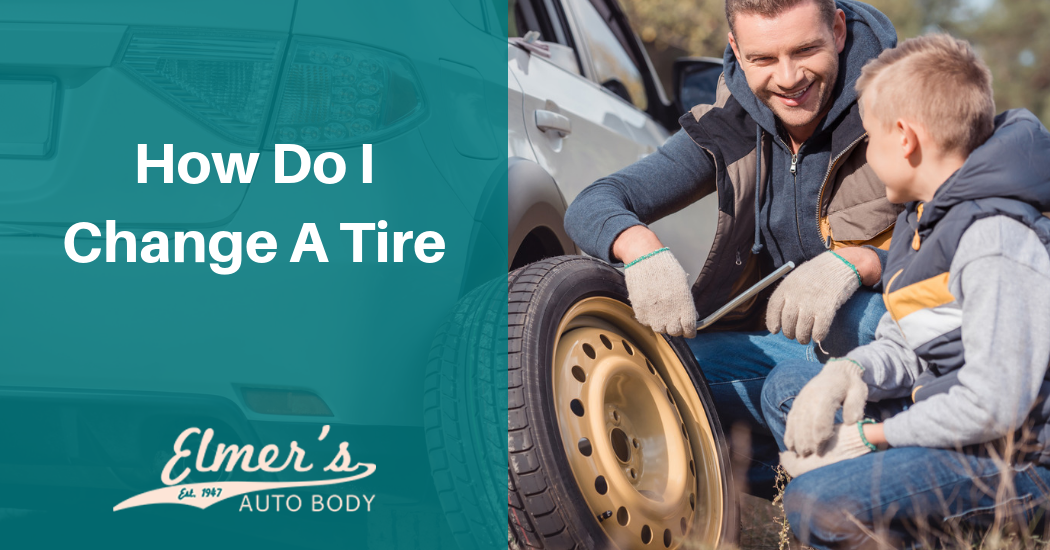One of the most common “accidents” we encounter with our vehicles, aside from perhaps the errant shopping cart in parking lots, is the flat tire. Tires are, for better or worse, designed to have some give to them. There’s a reason for this – flexibility allows tires to actually last longer, and handle rougher surfaces and terrain, as well as provide smoother rides. Wheels aren’t solid masses for very good reason, in other words.
Well, this can result in unfortunate incidents like tires rupturing suddenly (which at high velocities can result in a scary moment or two), or simply develop leaks or be punctured by something hard to see, like nails or, well, you name it. On top of this, they do just wear out over time, and bald tires are actually more dangerous than flats due to the lack of control and traction that results.
This means that sooner or later, you’re going to find yourself in a situation where you need to change a tire, because you’re stuck on the road, and can’t get to a mechanic. It’s understandable that a lot of people don’t know how to handle automotive things, especially people who live in suburban or metropolitan areas where affordable mechanic service is easily accessed under nominal circumstances. But, take heart, changing a tire is easy, and a skill you’ll be glad to have.
What You Need
To physically change the tire, all you actually need is a jack and a tire iron or heavy-gauge socket wrench of appropriate size. However, for safety purposes, you should also have a flash light, safety flares and probably a rain coat or poncho.
Getting to Safety
First, if you have a flat on the road, which is often the case (it happens where it’s the least convenient nine out of ten times), first, pull safely off to the shoulder, or into a parking lot or driveway if no shoulder or level ground is accessible.
Put your hazard lights on immediately, and if it’s night, light your flares for ten to twenty feet in a row behind the vehicle. This ensures that other traffic has plenty of time to avoid being dangerously close.
If it’s raining, you’ll be glad you packed the poncho or raincoat.
Using the Jack
First thing’s first – you need to get the weight off the tire, and get clearance to remove it. There are a couple kinds of jacks, but most of them simply use a pump action to lift the top part. There will probably be a lip underneath your car on each side, but if not, simply find a good, wide flat surface under there to brace it against. Obviously, lift it on the side where your flat is, and try to get it at least six inches if not more like ten, off the ground.
Removing the Flat
Next, you’ll want to remove the flat tire. First, the hub cap needs to come off. With some wheel designs, this just pops off. If it’s bolted by the lug nuts, which occasionally is the case, it’ll come off with the tire. Simple elbow grease (remember, lefty loosey, righty tightey), the tire iron will remove the lug nuts. If the hub cap came off first, place them in the concave bowl of the cap. If not, put them on the car seat. Do not lie them on the ground.
The tire will slide off at this point with relative ease, but be aware it’ll be heavy.
Adding the Spare/New Tire
The new tire will slide back in the way the previous one went on. Replace the lug nuts, tightening them as much as they can possibly go. If the hub cap snaps on, simply place it back.
The jack will lower either by turning the pump handle, or by removing it. It should lower fairly gently, but make sure you’re clear of the car before doing so.
Make sure you extinguish any flares before leaving.
Congratulations, you’ve changed a tire, and aside from a little physical strength being involved, it’s really quite easy, isn’t it? Consider having your new tire rotated once you get to civilization.
To learn more tips and tricks to save a world of grief, fill out our contact form today!

